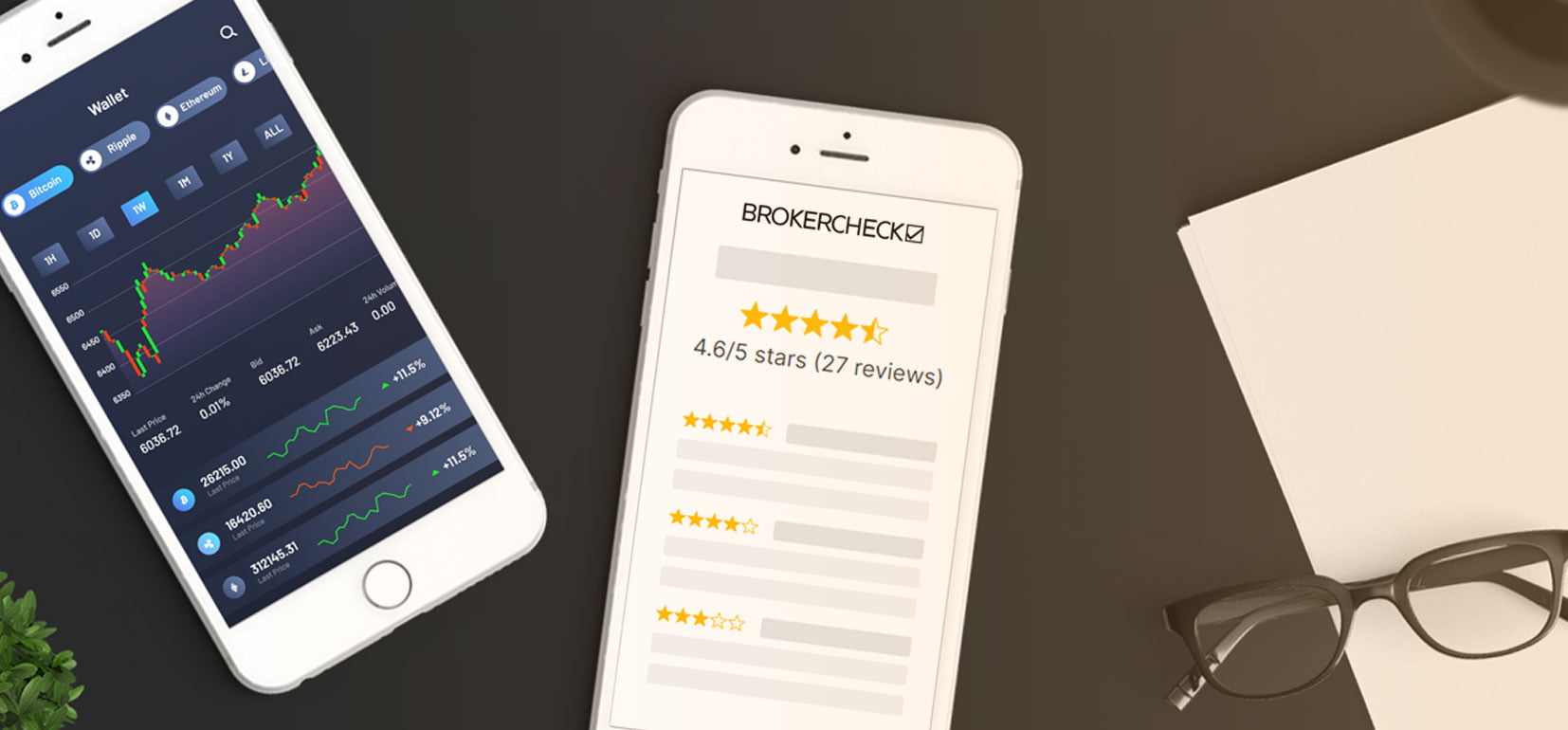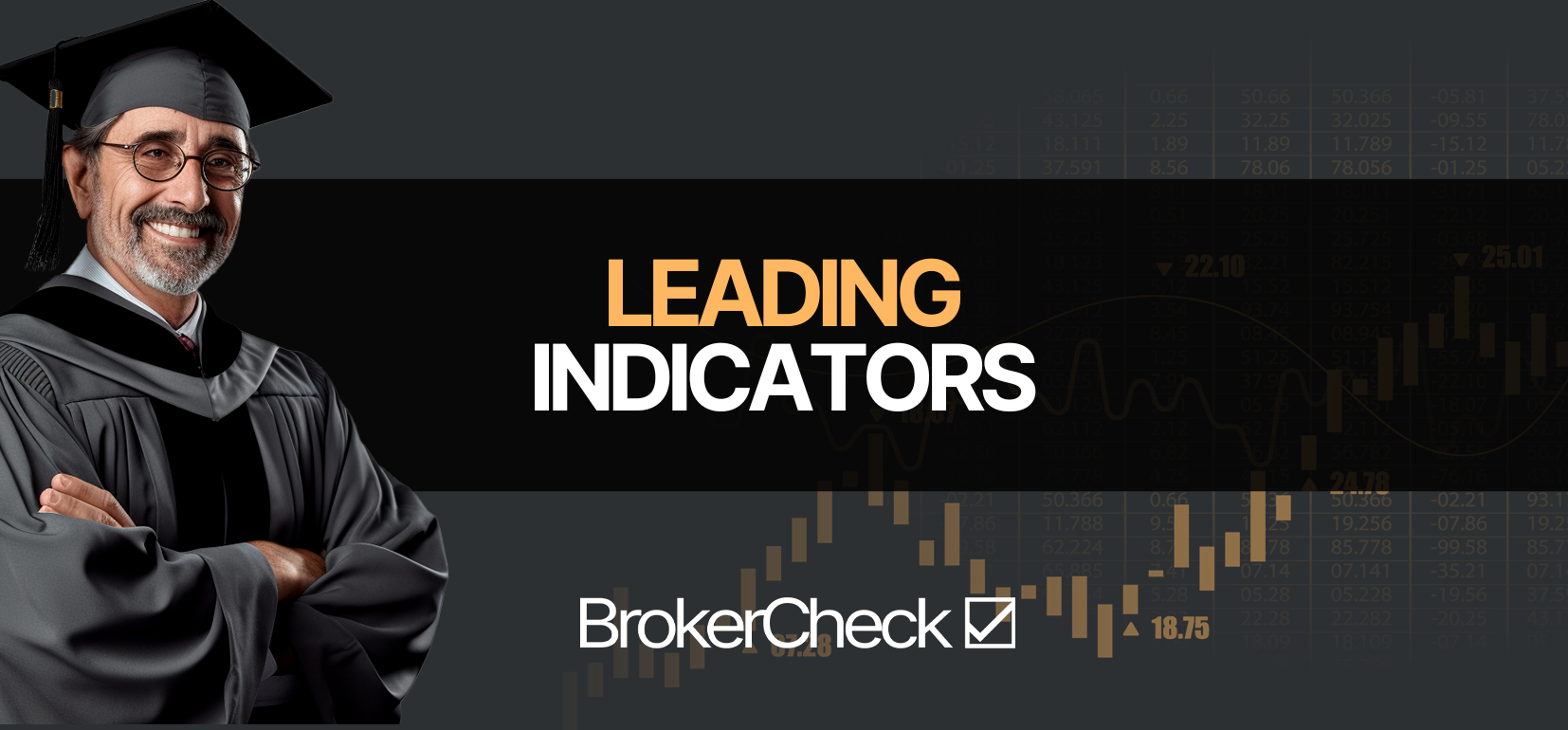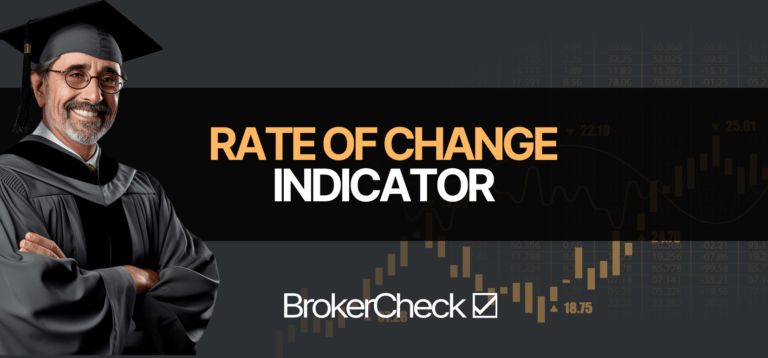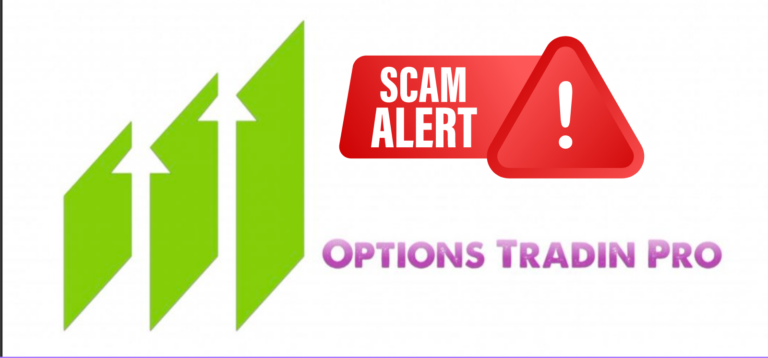1. Overview Of Leading Indicators
Leading indicators are statistical measures that are used to forecast the future direction of economic activity, business cycles, or financial markets before the changes become apparent in the trends. These indicators offer proactive insights, allowing businesses, investors, and policymakers to make informed decisions ahead of time. Unlike lagging indicators, which confirm trends after they have occurred, leading indicators aim to predict future movements, providing an advantage in planning and strategy development.

The ability to anticipate future economic and market shifts is invaluable in today’s fast-paced world. Leading indicators serve as a tool for proactive insight, enabling stakeholders to prepare for potential downturns or capitalize on upcoming growth opportunities. This foresight can be crucial in managing risks, optimizing performance, and achieving a competitive edge in various sectors.
1.2 Differentiating from Lagging Indicators
Lagging indicators are statistics that change after the economy or a market has begun to follow a particular trend. They are used to confirm patterns and signals after they have occurred. Examples include unemployment rates, corporate earnings, and interest rates. These indicators are useful for confirming long-term trends but do not provide the predictive value that leading indicators do.
The key difference between leading and lagging indicators is their timing in the economic cycle. Leading indicators give early warnings about the direction in which a market or economy is headed, while lagging indicators provide confirmation that a trend has begun or ended. Understanding this distinction is critical for strategic planning and decision-making, as it impacts how businesses and investors respond to future opportunities and challenges.
1.3 Real-World Examples
1.3.1 Business Context
In a business context, the Consumer Confidence Index (CCI) is a significant leading indicator. It measures how optimistic or pessimistic consumers are about their financial future, which in turn predicts consumer spending levels. A rising CCI suggests increased consumer spending, which can stimulate economic growth.
1.3.2 Investment Decisions
For investment decisions, stock market trends are often considered leading indicators. For instance, an upward trend in stock prices may indicate future economic growth, as investors anticipate higher corporate earnings.
1.3.3 Personal Finance Management
The savings rate is another leading indicator relevant to personal finance management. An increase in savings can indicate consumers’ concerns about future economic conditions, potentially signaling a downturn.
2. Unveiling Common Leading Indicators
In this section, we embark on a guided tour through the world of leading indicators, shedding light on their pivotal role in forecasting economic, business, and financial health. By understanding these indicators, individuals and professionals alike can gain proactive insights into market shifts, business performance, and financial stability, enabling better decision-making and strategic planning.
2.1 Economic Indicators
Economic indicators serve as the compass for navigating the future economic landscape. They offer valuable insights into the direction in which the market is headed, allowing stakeholders to anticipate changes rather than just react to them.
2.1.1 Stock Market Indices
Stock market indices like the S&P 500 and NASDAQ are quintessential leading indicators. A rising index suggests investor confidence and an optimistic outlook on the economy, while a declining index may indicate economic uncertainty or pessimism. These indices reflect the collective performance of their constituent companies, providing a snapshot of economic health and investor sentiment.
2.1.2 Leading Economic Index
The Leading Economic Index (LEI), compiled by The Conference Board, aggregates several key leading indicators to predict future economic activity. Components such as new orders in manufacturing, stock prices, and consumer expectations combine to offer a comprehensive view of the economic forecast. The LEI’s movement is closely watched by economists and investors as a predictor of economic expansion or contraction.
2.1.3 Consumer Confidence Index
The Consumer Confidence Index (CCI) measures how optimistic or pessimistic consumers are regarding their expected financial situation. A high CCI indicates that consumers are confident about the economy and are more likely to spend money, which in turn fuels economic growth. Conversely, a low CCI reflects consumer concerns about the future, leading to reduced spending and potentially slowing down the economy.
2.2 Business Activity Indicators
Within the realm of business, certain indicators provide early signals about a company’s operational performance and future prospects.
2.2.1 New Orders & Backlogs
New orders signal future sales and revenue, with an increase suggesting rising demand for a company’s products or services. Backlogs, on the other hand, indicate orders that have been received but not yet fulfilled. A growing backlog may reflect strong demand, but it also requires careful management to avoid operational inefficiencies.
2.2.2 Inventories & Inventory-to-Sales Ratio
The level of inventories and the inventory-to-sales ratio can signal changes in market demand and supply chain efficiency. Low inventory levels relative to sales might indicate strong demand or efficient inventory management, while high levels may suggest weakening demand or overproduction.
2.2.3 Research & Development Investment
Investment in Research & Development (R&D) is a forward-looking indicator of a company’s commitment to innovation and growth. Increasing R&D spending can signal confidence in future market opportunities and a strategic focus on long-term competitiveness.
2.3 Financial Indicators
Financial health and sustainability can be assessed through several leading indicators that highlight a company’s financial stability and growth potential.
2.3.1 Debt-to-Equity Ratio
The Debt-to-Equity Ratio compares a company’s total liabilities to its shareholder equity. A lower ratio indicates a company is using less debt relative to equity, suggesting a more stable financial position and potentially less risk for investors.
2.3.2 Current Ratio
The Current Ratio, measuring a company’s ability to pay short-term obligations with its short-term assets, provides insight into liquidity. A higher ratio indicates a strong liquidity position, enabling the company to meet its short-term liabilities more easily.
2.3.3 Earnings per Share (EPS) Growth
Earnings per Share (EPS) Growth reflects the company’s profitability and growth prospects. Rising EPS suggests improving financial health and profitability, often leading to increased investor confidence and higher stock prices.
| Indicator Category | Examples | Purpose & Insights |
|---|---|---|
| Economic Indicators | S&P 500, NASDAQ, LEI, CCI | Predict market shifts, gauge economic health and consumer confidence |
| Business Activity | New Orders, Backlogs, R&D Investment | Assess internal performance, demand, and innovation efforts |
| Financial Indicators | Debt-to-Equity Ratio, Current Ratio, EPS Growth | Evaluate financial health, liquidity, and profitability |
3. Mastering the Art of Interpretation
In the field of finance and economics, mastering the art of interpretation is crucial for utilizing leading indicators effectively. This section delves into the nuances of interpreting leading indicators, highlighting their limitations and offering actionable strategies to turn insights into concrete decisions. By understanding the intricate dynamics of these indicators, individuals and businesses can make informed decisions that significantly impact their financial health and strategic direction.
3.1 Understanding Limitations
3.1.1 External Factors and Unforeseen Events
Leading indicators, while invaluable for forecasting future economic and business trends, are not infallible. They are susceptible to external factors and unforeseen events that can abruptly alter predicted outcomes. For instance, geopolitical tensions, natural disasters, and sudden shifts in government policy can impact economic conditions in ways that leading indicators may not have foreseen. This inherent uncertainty underscores the importance of caution and flexibility in using these metrics for decision-making.
3.1.2 Importance of Triangulation and Context
To mitigate the limitations of leading indicators, it is essential to employ triangulation—using multiple indicators to confirm trends—and consider the broader context. No single indicator can provide a complete picture; hence, analyzing them in conjunction with other data points and current events is crucial. This approach enhances the reliability of forecasts and ensures that decisions are based on a comprehensive analysis of available information.
3.2 Actionable Strategies
3.3.1 Adapting Business Plans and Operations
Insights from leading indicators can inform strategic business decisions such as inventory management. For example, an increase in the leading indicators of consumer spending might prompt a business to increase its inventory in anticipation of higher demand. Conversely, indicators signaling an economic slowdown might lead to a more conservative inventory strategy to avoid excess stock and associated costs.
3.3.2 Strategic Investment Opportunities
For investors, leading indicators can highlight strategic opportunities for portfolio diversification. By identifying sectors that are poised for growth or decline, investors can adjust their portfolios to capitalize on potential market movements. This proactive approach to investment can enhance returns while mitigating risk.
3.3.3 Informed Personal Finance Choices
On a personal finance level, leading indicators can guide individuals in managing their spending, saving, and investment strategies. For instance, indicators suggesting an economic downturn may encourage more conservative spending and increased savings as a buffer against potential financial challenges.
| Section | Key Points |
|---|---|
| Understanding Limitations | – Leading indicators are not foolproof. – Importance of using multiple indicators and considering the broader context. |
| Actionable Strategies | – Adapting business operations based on insights. – Utilizing indicators for strategic investment opportunities. – Making informed personal finance decisions. |
Summary
In conclusion, leading indicators are indispensable tools in the financial and economic landscapes, offering foresight into future market trends and economic conditions. Whether it’s guiding strategic business decisions, informing investment strategies, or shaping personal financial planning, these indicators provide the predictive insights necessary for proactive decision-making. However, their effective use demands a nuanced understanding of their limitations and a comprehensive approach to interpretation. By integrating leading indicators into their analysis, individuals and businesses can navigate the complexities of the economic environment more adeptly, making informed decisions that optimize outcomes and drive success in an ever-evolving world.










